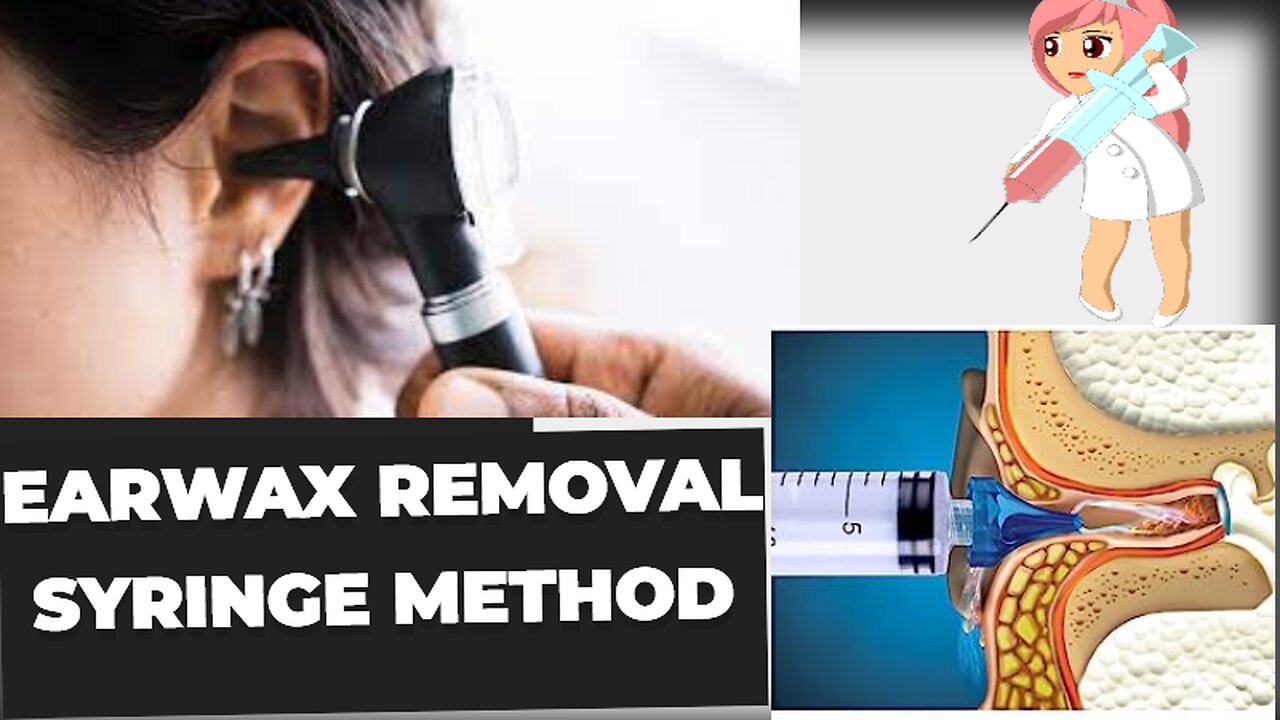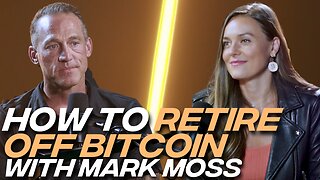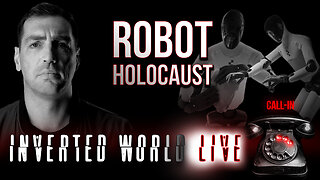Premium Only Content

Stop suffering from blocked ears with this easy DIY solution
I'm not a medical professional, but I can offer some general information on earwax removal using a DIY syringe method. However, it's important to note that earwax removal should be done with caution, and if you're unsure or experience pain, discomfort, or other concerning symptoms, it's best to consult a healthcare professional for proper guidance and treatment.
Here are the general steps for earwax removal using a DIY syringe method:
Materials you'll need:
Bulb syringe or ear syringe
Warm water (body temperature)
A few drops of over-the-counter earwax removal drops (optional)
Steps:
Wash your hands thoroughly to ensure cleanliness.
If you have over-the-counter earwax removal drops, you can use them according to the package instructions. Typically, you'll tilt your head to the side and place a few drops in the affected ear. Wait for a few minutes to allow the drops to soften the earwax.
Fill the bulb syringe or ear syringe with warm (body temperature) water. Ensure the water is not too hot or too cold, as extreme temperatures can cause dizziness or discomfort.
Tilt your head to the side so that the affected ear is facing upward. This will help the water flow into the ear canal more easily.
Gently insert the tip of the syringe into your ear canal. Be very careful not to insert it too deeply, as this can damage the eardrum. Stop if you feel any pain or discomfort.
Slowly and gently squeeze the bulb syringe to release a stream of warm water into the ear canal. The water should flow in gently and then back out, carrying the softened earwax with it.
Repeat this process a few times, allowing the water to flow in and out of your ear. You can use a towel or tissue to catch any excess water that comes out.
After the procedure, tilt your head to the side to allow any remaining water to drain out.
If necessary, you can use a clean, dry, and soft cloth to gently wipe the outside of your ear.
Do not insert any objects like cotton swabs or Q-tips into your ear canal, as this can push the earwax deeper or even damage the eardrum.
If you experience pain, discomfort, or if you suspect you have a blockage that isn't resolving with these methods, it's crucial to seek professional medical help. A healthcare provider or an ear specialist (otologist or otolaryngologist) can safely and effectively remove stubborn or impacted earwax using specialized tools and techniques. They can also examine your ears to rule out any underlying issues.
-
 LIVE
LIVE
FyrBorne
10 hours ago🔴Battlefield 6 Live M&K Gameplay: Finding The Real GOATs of Battlefield 6
67 watching -
 50:14
50:14
Coin Stories with Natalie Brunell
22 hours agoUptober, Q4, and Bitcoin’s Next Leg with Mark Moss
70K9 -
 LIVE
LIVE
Lofi Girl
2 years agoSynthwave Radio 🌌 - beats to chill/game to
163 watching -
 LIVE
LIVE
Midnight In The Mountains™
1 hour agoMorning Coffee w/ Midnight & The Early Birds | Musks Starlink Falling from Heaven... Internet Heaven
70 watching -
 42:12
42:12
PudgeTV
1 hour ago🔴 The Forever Winter | The 3 Rumskateers Adventure into Darkness
1.47K1 -
 31:05
31:05
Liberty Hangout
1 day agoAnti-Fascists Can't Define Fascism
134K161 -
 2:35:27
2:35:27
FreshandFit
9 hours agoThe Biggest Debt Problem in America
108K15 -
 2:10:56
2:10:56
Inverted World Live
12 hours agoRobot Holocaust | Ep. 123
90.5K16 -
 3:22:33
3:22:33
Laura Loomer
11 hours agoEP149: Trump Frees the Hostages: Will HAMAS Respect the Ceasefire?
75.6K56 -
 1:02:02
1:02:02
The Nick DiPaolo Show Channel
12 hours agoTrump’s Success Rattling Lefties | The Nick Di Paolo Show #1804
47.9K31